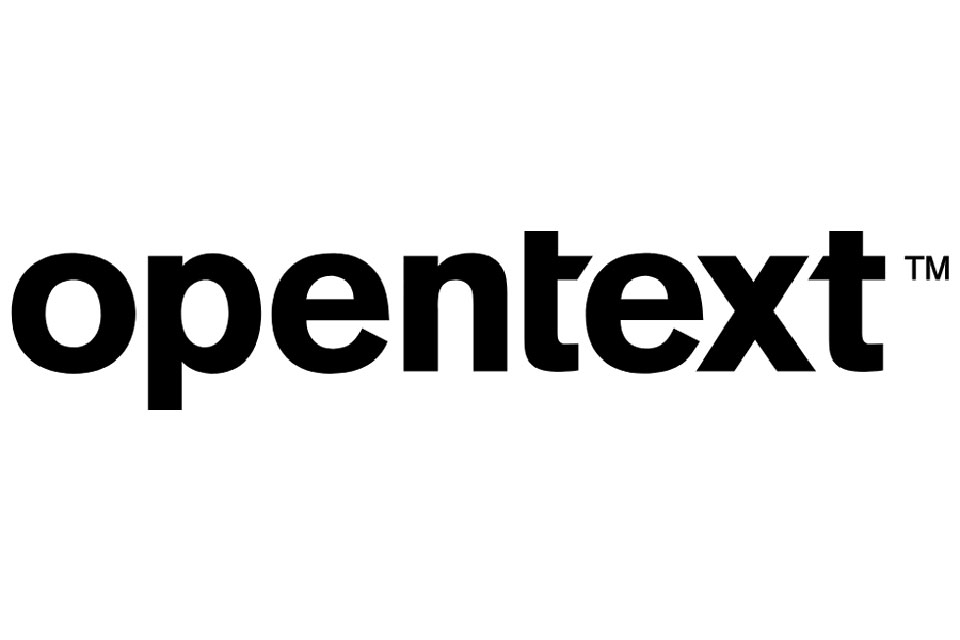Getting more from supply chain data

In the last several years, businesses have faced an increasing number of challenges when it comes to operating their supply chains. From recession and rising customer expectations to the likes of Amazon making their logistics into a competitive advantage. And now digitalisation has created disruption in the way businesses manage their supply chain. All of […]
OpenText teams with Dun & Bradstreet on supply chain analytics

OpenText is integrating the data stores of decisioning data and analytics specialist Dun & Bradstreet into its Trading Grid Global Partner Directory supplier sourcing and onboarding platform. The integration will provide enterprises a single, centralised directory to identify reliable, financially stable trading partners and suppliers, allowing them to strengthen their supply chains to mitigate risk and prevent major […]
How real-time information supports resilient supply chains

By Gill Devine, Vice President EMEA at Dataminr In the first quarter of 2020, a spate of global and regional events have starkly exposed the fragility of the practices and processes that underpin supply chains. From the rapid, global spread of the COVID-19 disease to the resulting events and precautions taken since, today’s global organisations […]
Tackling the changing nature of retail with a well-prepared supply chain

By Ian Stone, CEO, Vuealta Debenhams, House of Fraser, Arcadia – these are just a handful of once-reliable High Street retailers and brand groups who now find themselves battling for their place on Britain’s high streets. With shops closing at a rate of 14 a day, traditional high-street players are now facing unprecedented levels of competition […]

